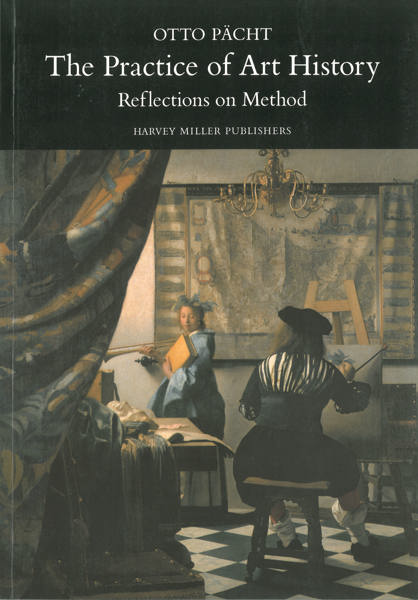
The Lutheran Middle Ages
The Survival of Medieval Art in Protestant Churches in Germany
Justin Kroesen
- Pages: approx. 399 p.
- Size:225 x 300 mm
- Illustrations:536 col.
- Language(s):English
- Publication Year:2026
- € 100,00 EXCL. VAT RETAIL PRICE
- ISBN: 978-1-912554-33-1
- Hardback
- Forthcoming (Mar/26)
*How to pre-order?
This book offers the first visual account of the wealth of medieval art works surviving in Lutheran churches in Germany by means of c. 500 colour photographs. Surviving church furnishings are presented and discussed both as elements in the medieval church interior and in view of their preservation though Protestantism.
Justin Kroesen is Professor of Cultural History at the University of Bergen, Norway, and research curator of the University Museum’s art collection. His research focuses on the art and architecture of medieval churches, the material culture of worship, and the impact of the Reformations.
The wealth of medieval art found in Germany’s Protestant churches is unparalleled; contrary to what is generally believed, Lutherans were often tolerant to medieval church interiors, maintaining or altering the use of furnishings and images or simply accepting them as neutral things (adiaphora) and as objects of tradition. In consequence, it is the country’s Lutheran churches that offer the most insight into what churches looked like before the Reformation, not only in Germany but even across the Latin West.
This book, illustrated with over 500 colour photographs by the author, visually explores Germany’s best medieval church interiors. A presentation of twenty-five outstanding examples is followed by analysis of the primary factors in the survival of medieval art through five centuries of Protestantism. Then, ten thematic chapters discuss the most important furnishings, including altars and their decorations, tabernacles, stalls and benches, screens, pulpits, sculptures, and baptismal fonts.
Prologue
1. Entering the Lutheran Middle Ages: Twenty-Five Interior Ensembles
2. “A True Popish Church with No Distinction”: Luther, Lutherans, and the Survival of Medieval Art
3. From Sacrifice to Supper: High Altars and Their Equipment
4. Storing Treasures: Tabernacles and Aumbries
5. Pews for Professionals: Sedilias and Choir Stalls
6. Partition and Passage: Chancel Screens and Roods
7. Reading, Preaching, and Hearing: Lecterns, Pulpits, and Benches
8. Private, in Public: Side Altars
9. Between Icon and Idol: Sculptures and Reliquaries
10. Fountains of Life: Baptismal Fonts
Epilogue: Stories of Survival
Acknowledgements
Bibliography
Index of Places





